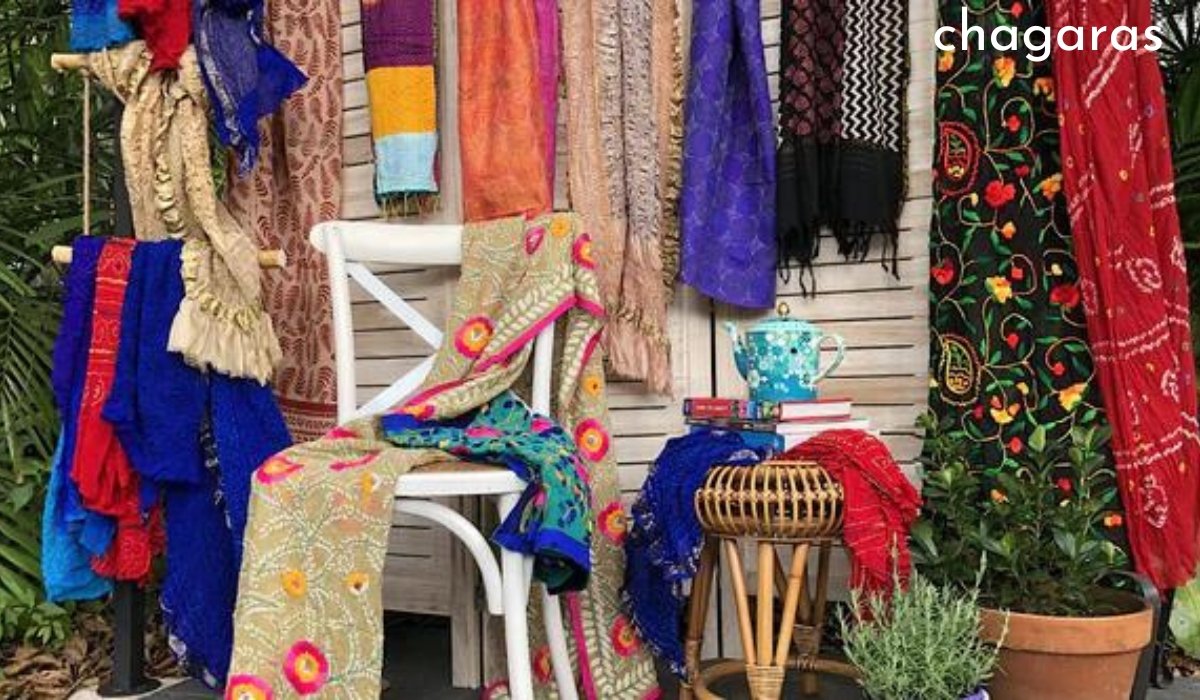In the vast and intricate world of artistic patterns, few designs hold as much historical and cultural significance as chagaras. These ancient motifs, woven into the fabric of countless civilizations, have left an indelible mark on art, fashion, and architecture. This blog post aims to take you on a captivating journey through the origins, symbolism, and enduring influence of chagaras, offering insights into how these designs continue to inspire and shape contemporary creativity.
Introduction
Chagaras—intricate and mesmerizing designs that have captivated humanity for millennia—are more than mere decorative elements. They are a testament to the ingenuity and spiritual depth of ancient cultures, reflecting their profound connection to the natural world and abstract concepts. The purpose of this article is to explore the rich history and symbolism of chagaras, their integration into various cultures, and their resurgence in modern art and fashion. By the end of this post, you will gain a deeper appreciation for the enduring legacy of chagaras and their role in bridging the past and present.
The Origins of Chagaras
Definition of Chagaras
Chagaras are intricate geometric or organic patterns often found in ancient art and artifacts. These designs can vary widely, from simple repetitive motifs to complex interwoven patterns. What unites them is their symbolic richness and aesthetic appeal.
Historical Background: Mesopotamia as the Birthplace
The story of chagaras begins in Mesopotamia, the cradle of civilization. It was here, in the fertile lands between the Tigris and Euphrates rivers, that early humans began to create elaborate designs to adorn their pottery, textiles, and architectural structures. These patterns were not just decorative; they held deep symbolic meanings related to the cosmos, nature, and human experience.
Geographical Spread
From Mesopotamia, the influence of chagaras spread across cultures and continents. In Egypt, chagara designs adorned the walls of tombs and temples, symbolizing the eternal cycle of life and death. The Indus Valley civilization incorporated chagaras into their seals and pottery, reflecting their advanced understanding of geometry and symmetry. Persia, China, and the Americas also embraced these designs, each culture adding its unique interpretation and significance.
Cultural Significance
Chagaras were more than just artistic expressions; they were integral to the spiritual and cultural identity of various societies. In many cultures, creating and contemplating these patterns was a meditative practice, fostering a sense of unity and harmony with the universe. The widespread adoption of chagaras reflects their universal appeal and profound impact on human creativity.
Symbolism and Meaning
Deeper Understanding of Chagara Designs
To truly appreciate chagaras, one must look beyond their aesthetic beauty and understand the layers of symbolism they carry. These designs often represent natural elements, such as the sun, moon, and stars, as well as abstract concepts like life, unity, and eternity.
Symbolism: Connection to Natural Elements
In many cultures, chagaras are seen as a reflection of the natural world. For instance, circular patterns might symbolize the sun or moon, while spiral motifs can represent the cyclical nature of life and death. These designs serve as a reminder of humanity’s connection to the cosmos and the rhythms of nature.
Interpretation Across Cultures
The meanings of chagaras can vary widely depending on the cultural context. In Celtic art, intricate knotwork chagaras symbolize the interconnectedness of life and the eternal cycle of birth, death, and rebirth. In Islamic art, arabesques—geometric chagara patterns—reflect the infinite nature of Allah and the order of the universe. Each culture brings its unique perspective to these designs, enriching their significance and diversity.
Chagaras in Various Cultures
Rituals and Ceremonies
Chagaras have played a vital role in spiritual and ceremonial practices across the globe. In Native American sand paintings, intricate chagara designs are created to invoke spiritual healing and guidance. Hindu mandalas, another form of chagaras, are used in meditation and rituals to represent the universe and the path to enlightenment.
Fashion and Attire
The beauty and symbolism of chagaras have also made their way into fashion and attire. African textiles often feature bold and vibrant chagara patterns, each with its unique meaning and cultural significance. Japanese kimonos are adorned with delicate chagara motifs, showcasing the wearer’s connection to tradition and nature.
Architectural Design
Chagaras have left their mark on some of the world’s most iconic architectural structures. Byzantine mosaics, with their intricate chagara patterns, decorate the walls and ceilings of ancient churches, symbolizing the divine and eternal. Moorish castles and Gothic cathedrals also incorporate chagara designs, blending beauty with spiritual significance.
Contemporary Resurgence
Chagaras in Modern Art
In recent years, there has been a resurgence of interest in chagaras among contemporary artists. These ancient designs continue to inspire new generations of artists, who incorporate chagara motifs into their works to create a bridge between tradition and modernity. The timeless beauty and symbolism of chagaras resonate with audiences, adding depth and meaning to contemporary art.
Fashion and Design Trends
The influence of chagaras extends beyond the art world into fashion and design. Modern fashion designers often draw inspiration from chagara patterns, incorporating them into their collections to create unique and eye-catching pieces. The blending of ancient designs with contemporary styles results in a rich and diverse fashion landscape that celebrates cultural heritage.
Appeal of Chagaras
What makes chagaras so appealing in today’s world? Perhaps it is their ability to evoke a sense of timelessness and universality. These designs remind us of our shared human history and the interconnectedness of all cultures. The continued popularity of chagaras in art, fashion, and design speaks to their enduring relevance and impact on human creativity.
Conclusion
Chagaras are more than just beautiful patterns; they are a testament to the creativity, spirituality, and cultural richness of ancient civilizations. From their origins in Mesopotamia to their integration into various cultures around the world, chagaras have left an indelible mark on art, fashion, and architecture. Today, these designs continue to inspire and captivate, bridging the past and present in a celebration of human ingenuity.
For art enthusiasts and cultural historians, exploring the world of chagaras offers a unique opportunity to connect with the deep and meaningful traditions of our ancestors. By understanding and appreciating these designs, we honor the legacy of those who came before us and find inspiration for our creative endeavors.
Whether you are an artist, a fashion designer, or simply someone who appreciates beauty and symbolism, chagaras have something to offer. Their timeless appeal and profound significance make them a valuable addition to any creative pursuit.
If you want to learn more about chagaras and their influence on modern art and fashion, consider reaching out to experts and joining communities dedicated to preserving and celebrating these ancient designs. By doing so, you can deepen your understanding and appreciation of chagaras and contribute to the ongoing dialogue about their cultural and artistic importance.
In conclusion, chagaras are a testament to the enduring power of art and symbolism. They remind us of our shared human heritage and the beauty that can be found in the patterns of life. By exploring and celebrating chagaras, we honor the past, enrich the present, and inspire the future.
You may also like: The Amaziğ People: Unveiling the Rich Tapestry of North Africa’s “Free People”









